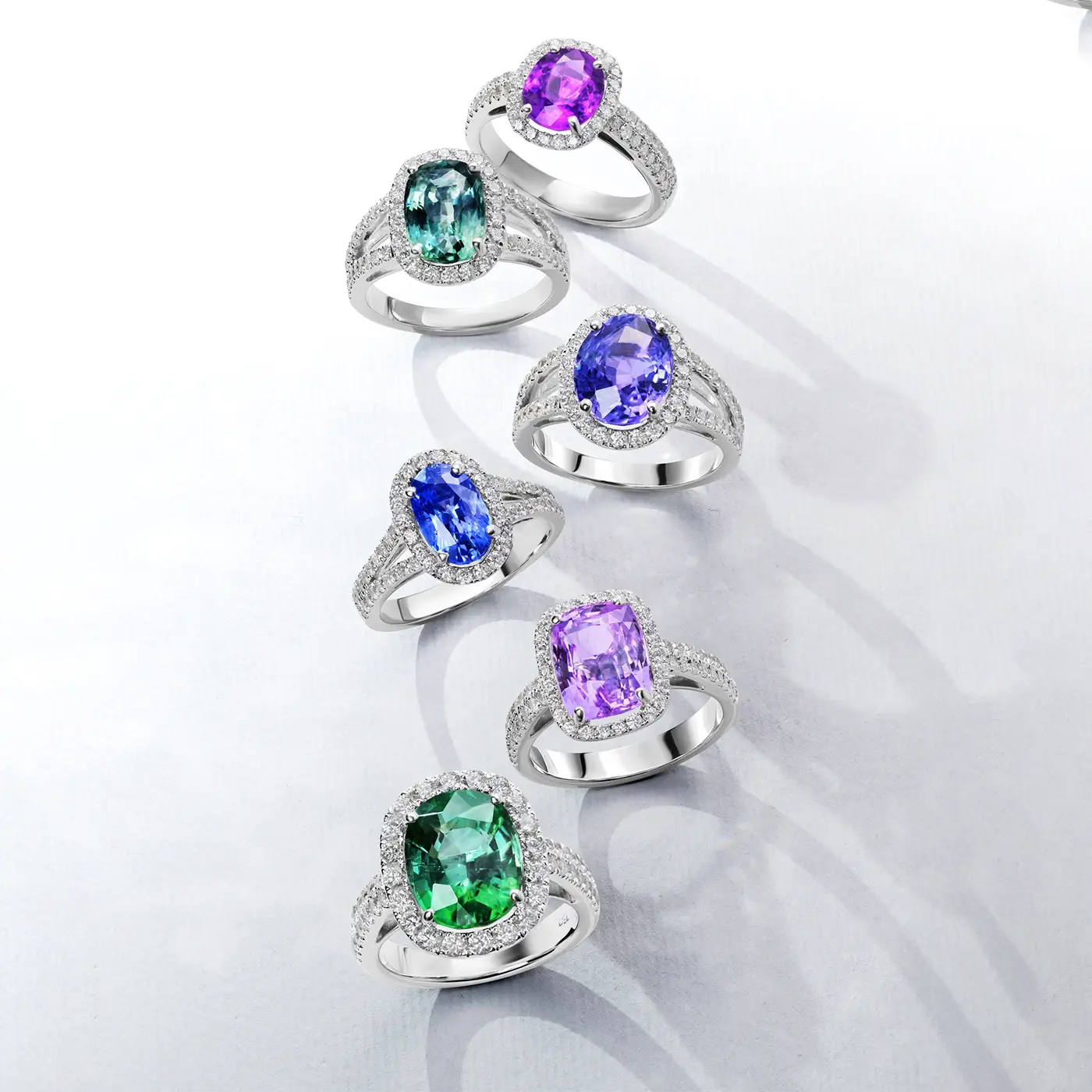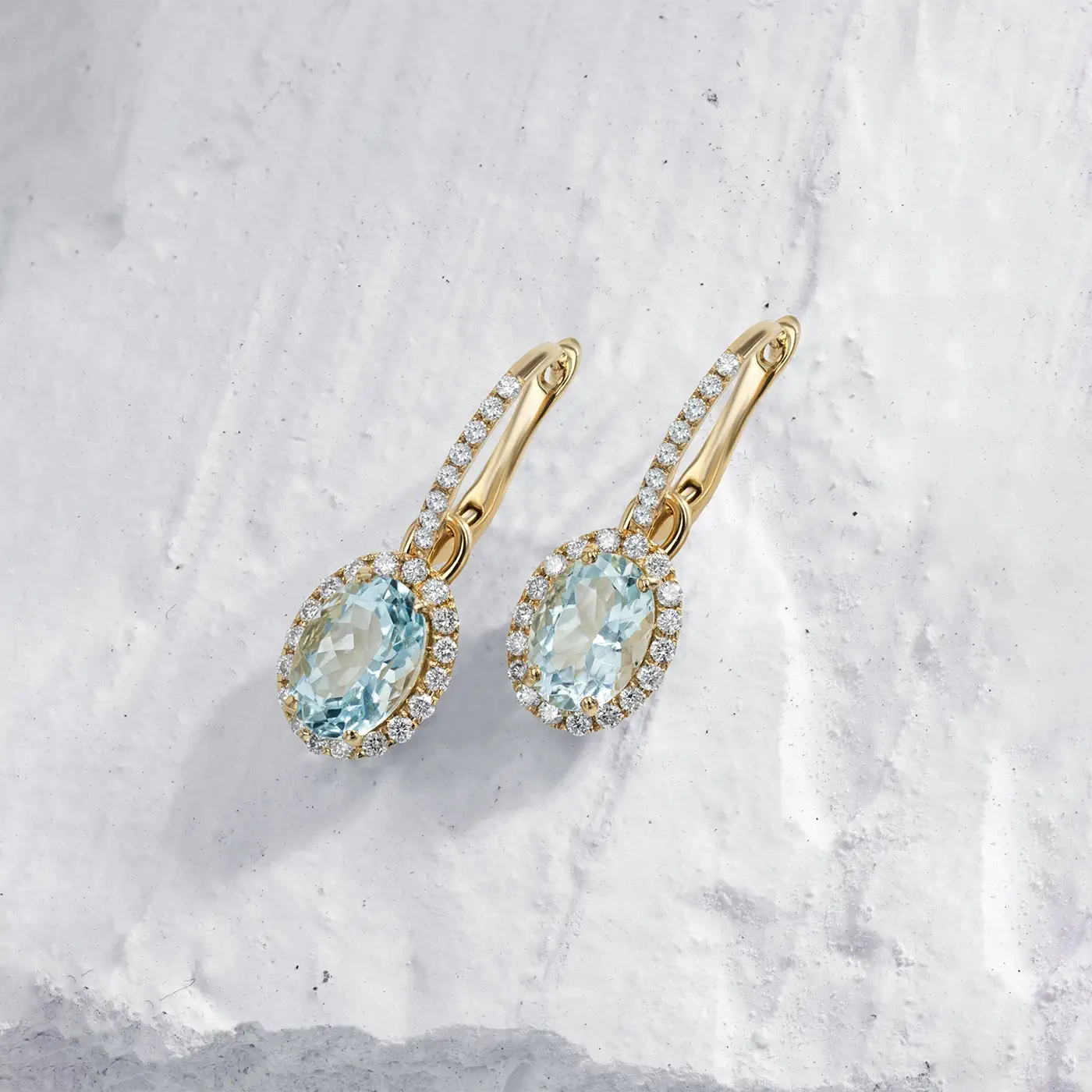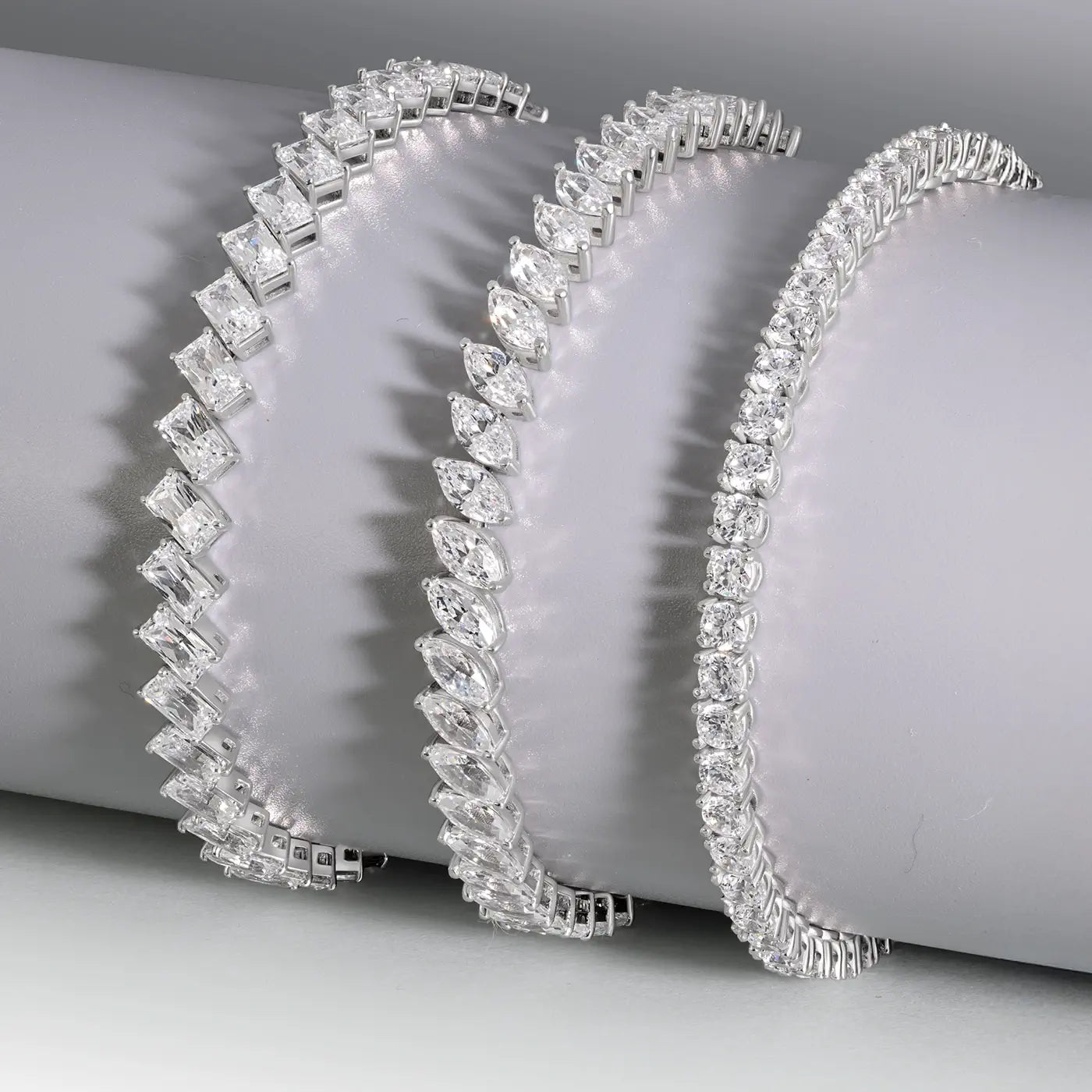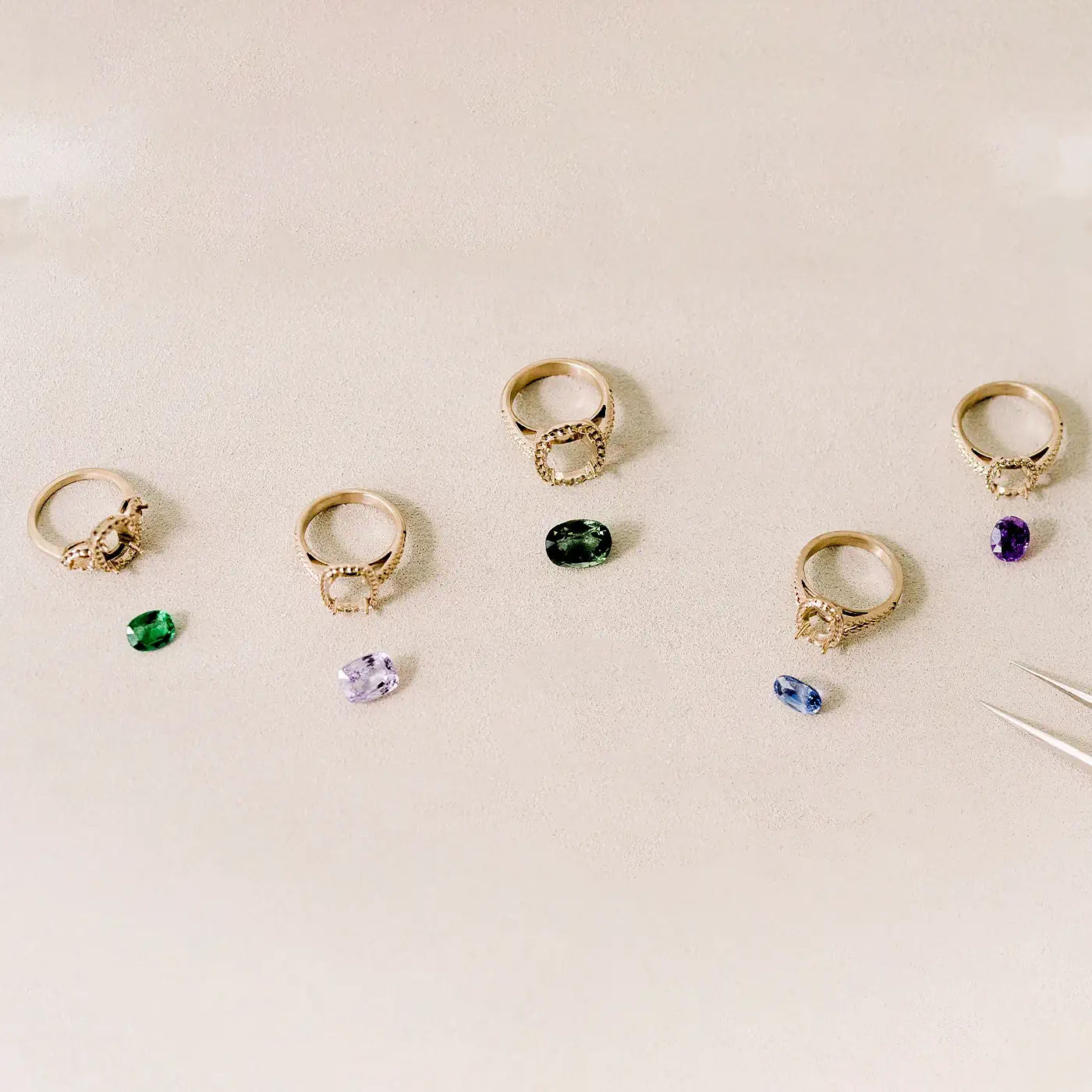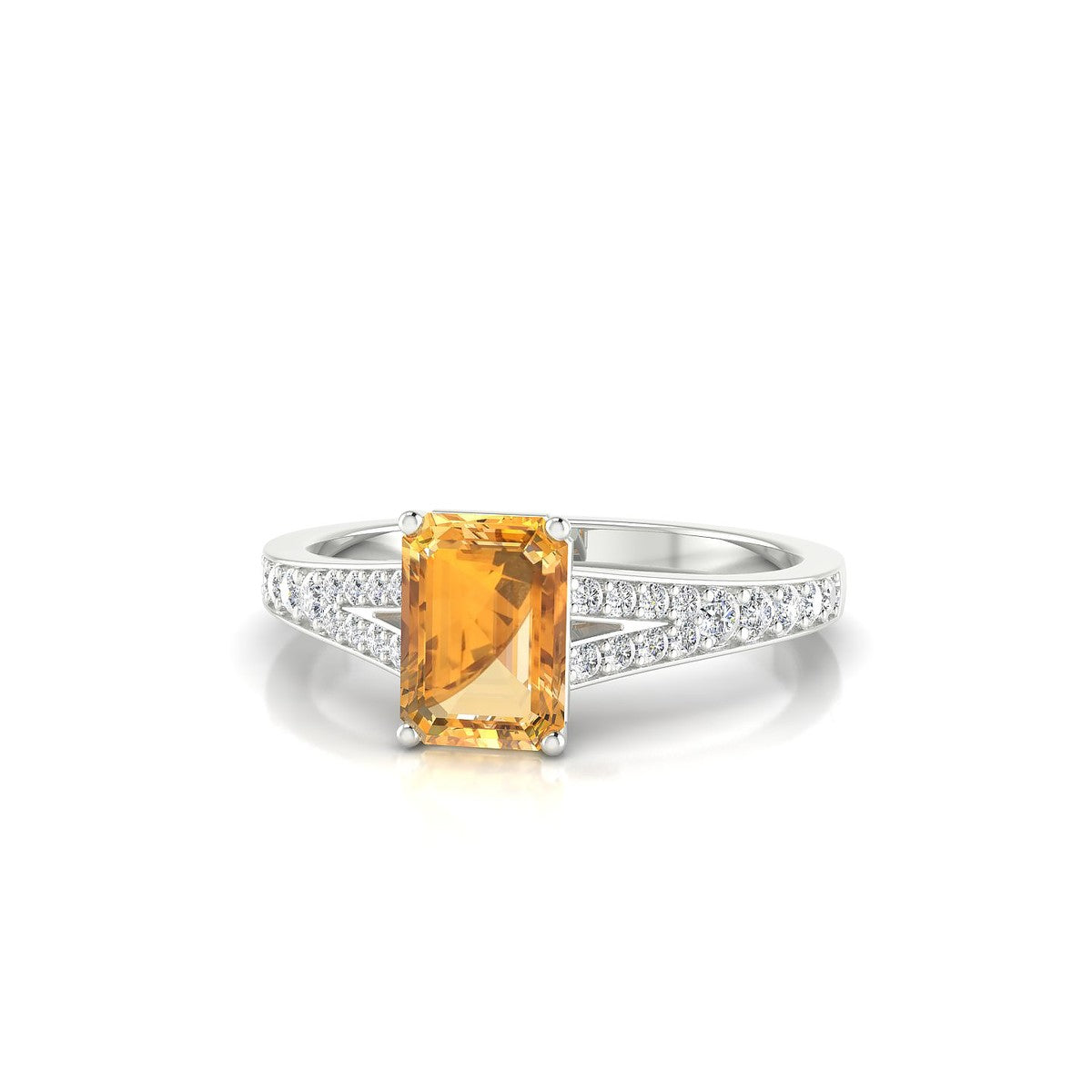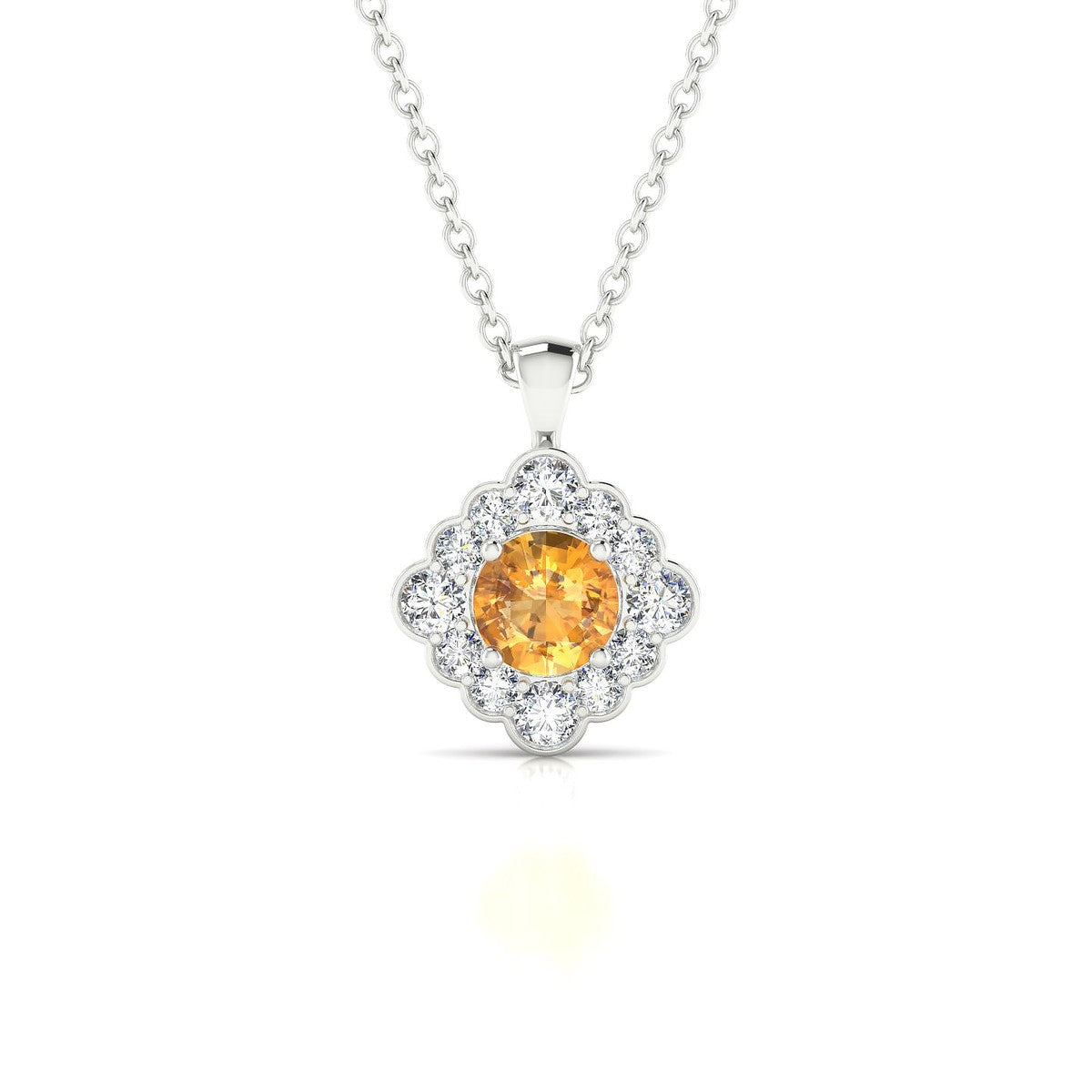ENCYCLOPEDIA
Citrine Full Guide

Citrine, named after the French word citron for lemon, is a golden-yellow variety of the quartz family. Its warm tones range from pale honey to rich amber, often associated with joy, creativity, and prosperity. Believed to bring energy and optimism, citrine is a popular choice for everyday wear and meaningful gifts. It shares its mineral family with amethyst, offering a vibrant contrast in color and symbolism. Citrine is the birthstone for November and is also linked to 13th wedding anniversaries.
Characteristics of the Citrine
Etymology: The name is derived from "citron", the French word for lemon.
Family: Quartz
Chemical Composition: Silicon Dioxide
Hardness: 7 on the Mohs scale
Density: 2.65
Optical Properties: Uniaxial
Refractive Index: 1.544 to 1.553
Birefringence: 0.009
Crystal System: Hexagonal

The origin of Citrines
Citrines deposits are rare, and most citrines are actually amethysts that have been heat treated.
Here are the primary sources of natural citrines:
- Brazil
- Bolivia
- Zambia
In Bolivia, Citrines and Amethyst occur in the same crystal, giving birth to what is called Ametrine.
Carat
The carat is the standard unit of measurement for the weight of gemstones. One carat is equal 0.2 gram.
It should not be mistaken with karat, which is the standard indicator for the purity of gold.
As the amethyst from which it is created, citrines have a lower density among gemstones, thus they will be generally larger. Collectors and jewelry aficionados alike will often go for larger citrines over 10 to 20 carats.
The color of the Citrine
The citrine will have a color ranging from pale yellow to deeper orange tones, sometimes being compared to honey. The color will be directly dependent on the color of the amethyst that is used and treated to create the citrine.
Discover our Guide on the Colors of Gemstones.


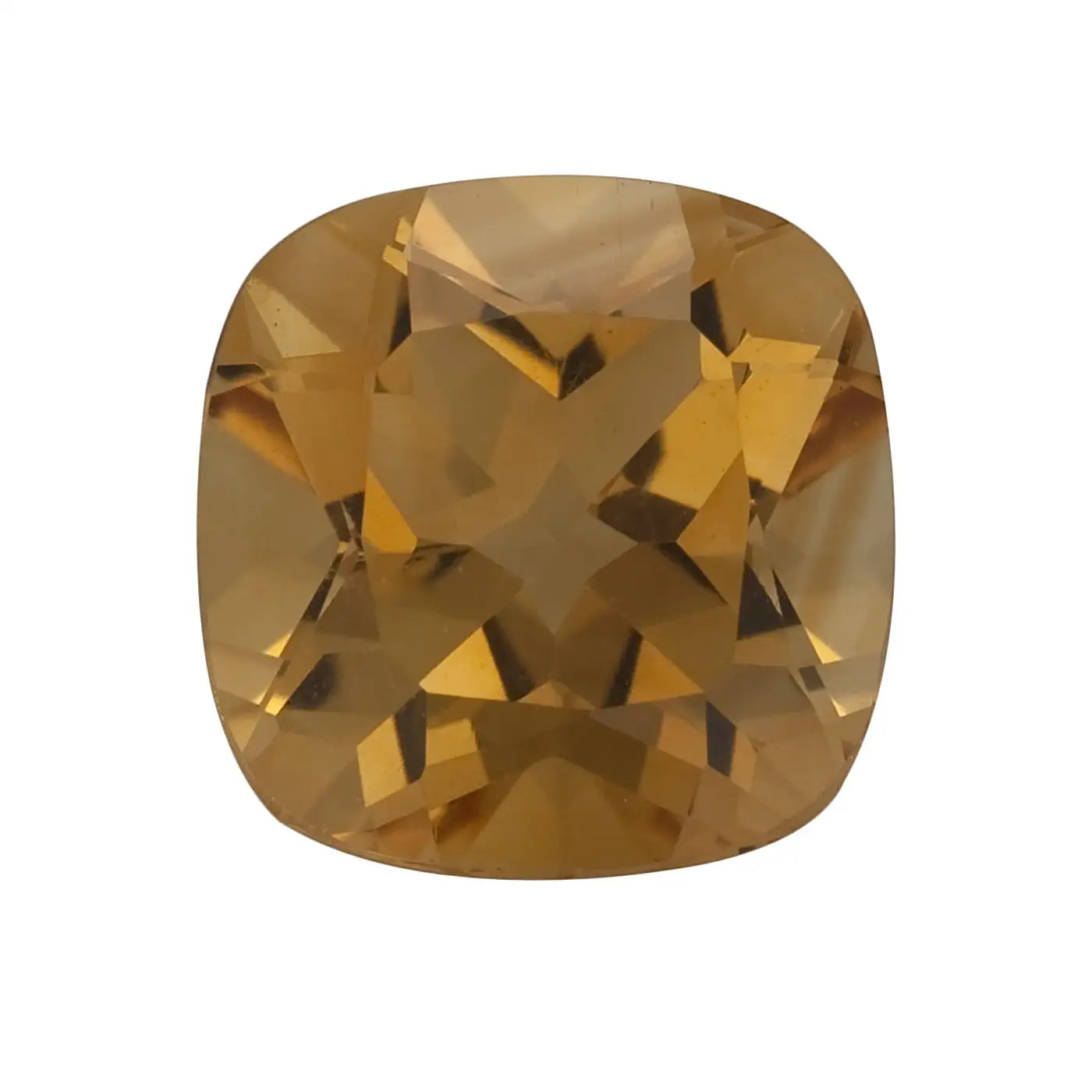


The clarity of Citrines
As the vast majority of citrines are actually amethysts that have gone through heat treatment, they possess the same eye-clean properties of the amethysts.
Cut & Shapes
Just like amethysts, citrines are being cut into a variety of different shapes, from the conventional round, oval, pear shapes and emerald cut to fancier styles depending on the demand. Its relative softness and lack of inclusions makes them rather easy to cut.

Oval Shape Citrine

Cushion Shape Citrine

Princess Cut Citrine

Round Shape Citrine

Trillion Cut Citrine

Pear Shape Citrine
Birthstone & Wedding Anniversary
The citrine is the birthstone of the month of November.
It is also used to celebrate the 13th wedding anniversary in the U.S. and France.
Discover our Birthstone Full Guide.
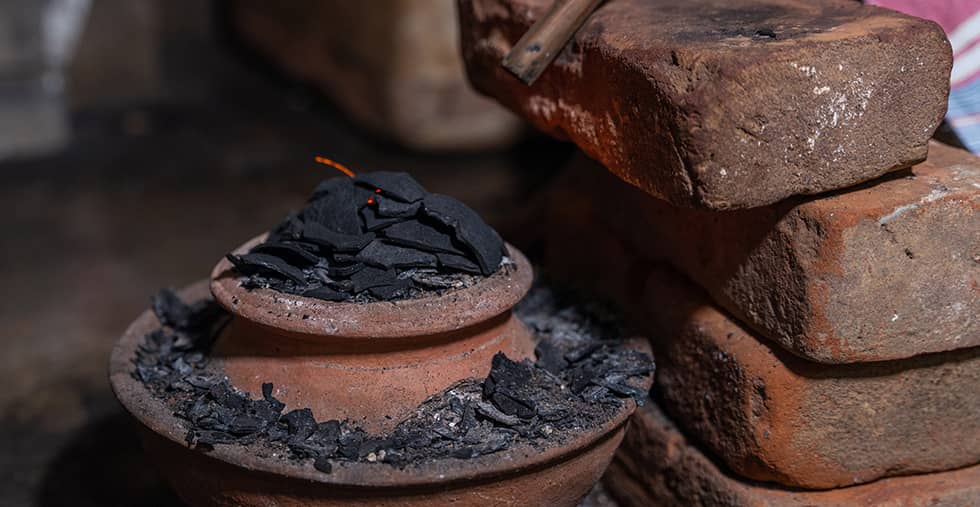
Treatment
As mentioned earlier, most citrines are nowadays amethysts that have been heat treated. It is often the case when the purple tone in the amethyst is too light to fit the market's demand. However, the heat will easily turn this light purple into a nice shade of yellow-orange that is favored in citrines.

